
Apr 01, 2024
“No, no it’s not science fiction; it’s already happening,” said Ido Bachelet to a somewhat incredulous audience member
Thanks for reading OUTRAGED’s Newsletter! Subscribe for free to receive new posts and support my work.




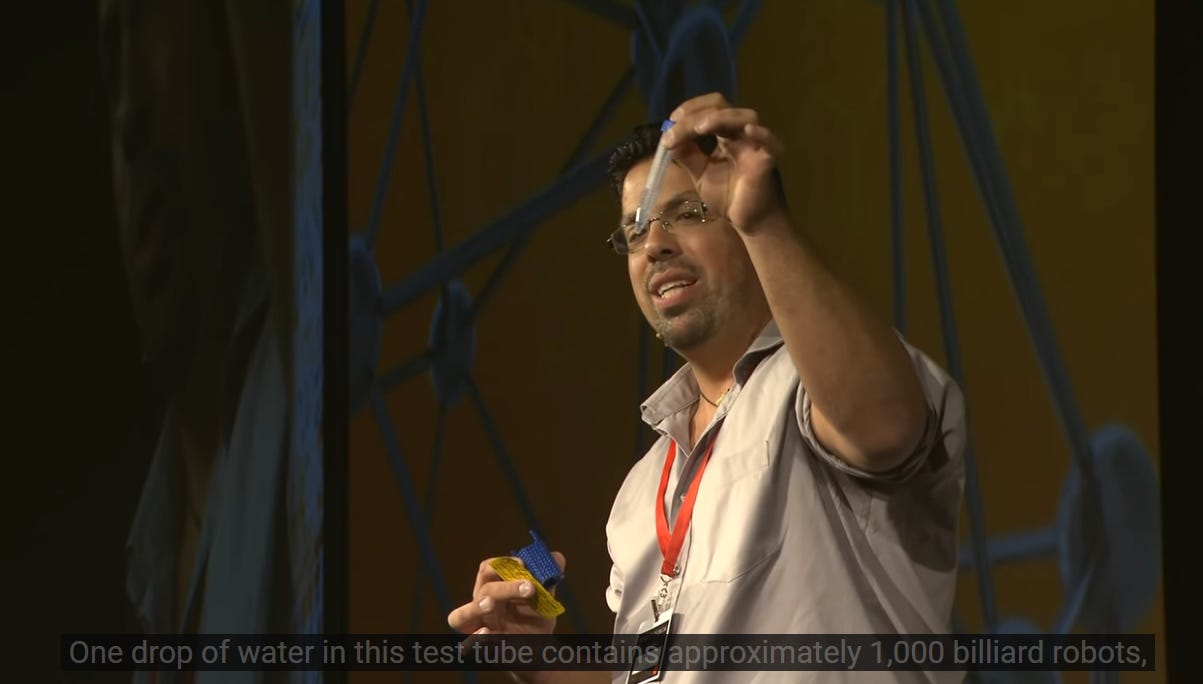
https://www.youtube.com/watch?v=MzLTWU2EqP4 Ido Bachelet – Moonshot Thinking
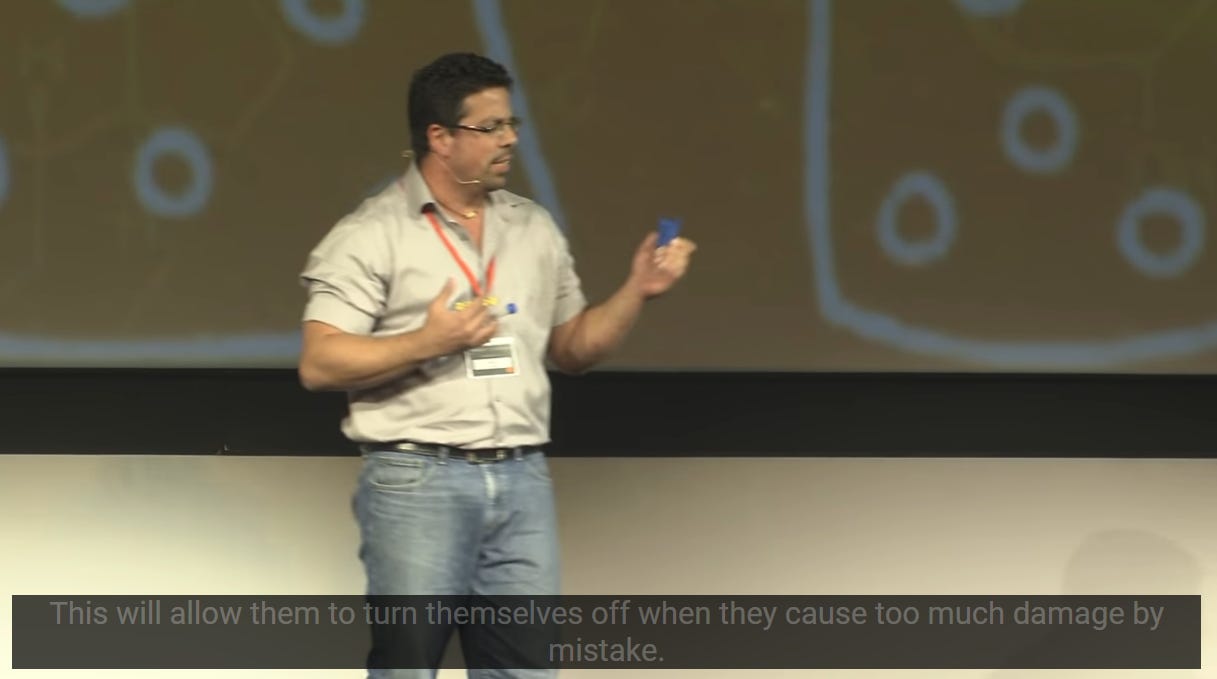
… when they cause too much damage by mistake…
or intentionally…

5:12
study your biology and activate targeted medication when necessary.

5:36
We also know how to remote-control these robots, using magnetic fields.
5:40
Furthermore, we can control them, as you saw in the clip, with a joystick,
5:43
directing them to a specific part of the body,
5:46
and then activating them with the push of a button.
5:49
We have also connected this joystick to the internet.
5:51
Our robots have a IP address,
5:54
so you can connect with them from afar and activate them online.


6:01
Imagine that in a couple of years,
6:03
your doctor will be able to sit at home with his smartphone,
6:05
and instead of playing “Candy Crush”
6:08
he will connect with the robots inside of you,
6:11
activate a certain medication and possibly even save you, just in time.
AND IMAGINE THAT YOU WOULDN’T EVEN KNOW IT, YOU WOULDN’T BE TOLD ABOUT IT.
AND THAT IN ORDER TO IMPLANT/INJECT IT, YOU WOULD BE TOLD THAT THERE IS A DREADFUL PANDEMIC, AND AT EVERY STEP YOU WOULD BE FORCED TO TAKE IT AS A NECESSARY “VACCINATION.” AND A “PCR TEST”.
BY YOUR GOVERNMENT, THE AIRLINES, THE EMPLOYER, THE WAITER AT THE RESTAURANT, THE FDA, THE EMA, THE WORLD HEALTH ORGANIZATION…
AND YET IMAGINE THAT MANY PEOPLE WOULD DIE FROM IT, AND THEY WOULD BE YOUR RELATIVES AND FRIENDS.
BUT YOU WOULD BE THE ONE WHO WOULD HAVE TO PROVE THAT IT WAS BECAUSE OF IT.
IMAGINE BEING SURROUNDED BY CENSORSHIP, BEING RIDICULED, HAVING YOUR RIGHTS TO DO YOUR JOB, MOVE AROUND, OR EVEN SPEAK THE TRUTH AT ALL TAKEN AWAY FROM YOU….
ISN’T THIS A BRIGHT FURTURE AND A FANTASTIC REALITY?
ARE YOU AGAINST SCIENCE? AGAINST PROGRESS? AGAINST PREVENTING DISEASES?



Pfizer is cooperating with the DNA robot laboratory managed by Prof. Ido Bachelet at Bar-Ilan University. Bachelet has developed a method of producing innovative DNA molecules with characteristics that can be used to “program” them to reach specific locations in the body and carry out pre-programmed operations there in response to stimulation from the body. This cooperation was revealed in a lecture by Pfizer president of worldwide research and development (WRD), portfolio strategy and investment committee chairman, and executive VP Mikael Dolstein at the IATI Biomed Conference in Tel Aviv being concluded today.
Research will focus on the possibility that the robots will deliver the medical proteins to designated tissue.
Bachelet came to Bar-Ilan from the Massachusetts Institute of Technology (MIT) several years ago. At a Tedmed event held two years ago, he explained, “In order to make a nanometric robot, we first of all create a selected DNA sequence, and then fold it using a process called DNA origami. With this method, a person can give a command to a computer, which folds the DNA molecule as needed.
“The result is that a DNA sequence can be made in the form of a clam, for example, and containing a drug. The DNA molecule, however, contains a code activated upon encountering certain materials in the body. For example, the clam can be designed to change its shape and release the drug only when it meets a cancer cell or the right tissue.
“In addition, the molecules can receive signals from each other, and can theoretically change their shape according to signals from the body, and can be pre-programmed to attach themselves to one another. In the future, it will be possible to combine each such molecule with a miniature antenna. When the antenna receives an external signal, it will make a small change in the molecule that will make it open or close, and dissipate or connect itself to another molecule.”

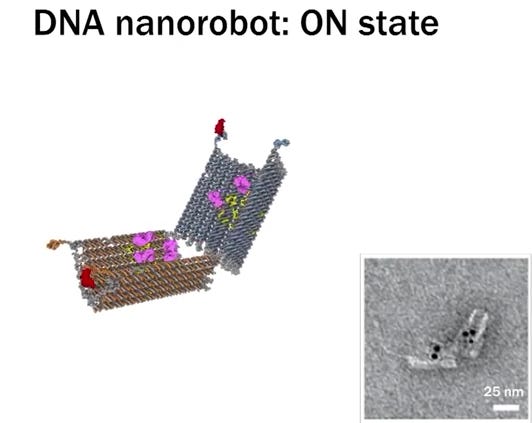
In a brief talk, Bachelet said DNA nanobots will soon be tried in a critically ill leukemia patient. The patient, who has been given roughly six months to live, will receive an injection of DNA nanobots designed to interact with and destroy leukemia cells—while causing virtually zero collateral damage in healthy tissue.
According to Bachelet, his team have successfully tested their method in cell cultures and animals and written two papers on the subject, one in Science and one in Nature.
Contemporary cancer therapies involving invasive surgery and blasts of drugs can be as painful and damaging to the body as the disease itself. If Bachelet’s approach proves successful in humans, and is backed by more research in the coming years, the team’s work could signal a transformational moment in cancer treatment.
If this treatment works this will be a medical breakthrough and can be used for many other diseases by delivering drugs more effectively without causing side effects.
2012 Video with answers from George Church, Ido Bachelet and Shawn Douglas on the medical DNA double helix clamshell nanobucket nanobot
George Church indicates the smart DNA nanobot has applications beyond nanomedicine. Applications where there is any need for programmable and targeted release or interaction at the cellular or near molecular scale.
2014 Geek Time Presentation from Ido Bachelet
“AND THE LAST THING I AM GOING TO SCHOW YOU IS… PANDEMIC.
SO, WE ARE REALLY CONCERNED ABOUT PANDEMICS… ESPECIALLY INFLUENZA PANDEMICS.
SO THE BEST WAY TO AVOID PANDEMICS OR TO HANDLE PANDEMICS, IS SIMPLY TO KNOW WHERE THE VIRUS IS AND NOT TO BE THERE…
IT SOUNDS STUPID, BUT IT IS ACTUALLY THE CASE…
IF YOU COULD IDENTIFY WHERE THE VIRUS IS IN REAL TIME AND YOU CAN CONTAIN THAT AREA, YOU WOULD STOP THE PANDEMIC, YOU WOULD STOP THE DISEASE… OK?

SO, WHAT WE DEVELOPED IS A SENSOR… COMPOSED OF CARBON NANOTUBES FUNCTIONALIZED WITH ALL KIND OF THINGS… THE SENSOR IS EXTREMELY SENSITIVE… WE’VE BUILT THIS APPLICATION… THEY SEND THEIR GPS COORDINATES TO OUR SERVER SO WE CAN SORT OF RECONSTRUCT A REAL MAP…
I HOPE YOU ENJOYED THIS AND UNDESTOOND WHAT BIONICS IS ALL ABOUT…
At the British Friends of Bar-Ilan University’s event in Otto Uomo October 2014 Professor Ido Bachelet announced the beginning of the human treatment with nanomedicine. He indicates DNA nanobots can currently identify cells in humans with 12 different types of cancer tumors.
A human patient with late stage leukemia will be given DNA nanobot treatment. Without the DNA nanobot treatment the patient would be expected to die in the summer of 2015. Based upon animal trials they expect to remove the cancer within one month.
Within 1 or 2 years they hope to have spinal cord repair working in animals and then shortly thereafter in humans. This is working in tissue cultures.
Previously Ido Bachelet and Shawn Douglas have published work on DNA nanobots in the journal Nature and other respected science publications.
One Trillion 50 nanometer nanobots in a syringe will be injected into people to perform cellular surgery.
The DNA nanobots have been tuned to not cause an immune response.
They have been adjusted for different kinds of medical procedures. Procedures can be quick or ones that last many days.

Medicine or treatment released based upon molecular sensing – Only targeted cells are treated
Ido’s daughter has a leg disease which requires frequent surgery. He is hoping his DNA nanobots will make the type of surgery she needs relatively trivial – a simple injection at a doctor’s office.
We can control powerful drugs that were already developed
Effective drugs that were withdrawn from the market for excessive toxicity can be combined with DNA nanobots for effective delivery. The tiny molecular computers of the DNA nanobots can provide molecular selective control for powerful medicines that were already developed.
Using DNA origami and molecular programming, they are reality. These nanobots can seek and kill cancer cells, mimic social insect behaviors, carry out logical operators like a computer in a living animal, and they can be controlled from an Xbox. Ido Bachelet from the bio-design lab at Bar Ilan University explains this technology and how it will change medicine in the near future.
Ido Bachelet earned his Ph.D. from the Hebrew University in Jerusalem, and was a postdoctoral fellow at M.I.T. and Harvard University. He is currently an assistant professor in the Faculty of Life Sciences and the Nano-Center at Bar Ilan University, Israel, the founder of several biotech companies, and a composer of music for piano and molecules.

Researchers have injected various kinds of DNA nanobots into cockroaches. Because the nanobots are labelled with fluorescent markers, the researchers can follow them and analyse how different robot combinations affect where substances are delivered. The team says the accuracy of delivery and control of the nanobots is equivalent to a computer system.
This is the development of the vision of nanomedicine.
This is the realization of the power of DNA nanotechnology.
This is programmable dna nanotechnology.
The DNA nanotechnology cannot perform atomically precise chemistry (yet), but having control of the DNA combined with advanced synthetic biology and control of proteins and nanoparticles is clearly developing into very interesting capabilities.
“This is the first time that biological therapy has been able to match how a computer processor works,” says co-author Ido Bachelet of the Institute of Nanotechnology and Advanced Materials at Bar Ilan University.
The team says it should be possible to scale up the computing power in the cockroach to that of an 8-bit computer, equivalent to a Commodore 64 or Atari 800 from the 1980s. Goni-Moreno agrees that this is feasible. “The mechanism seems easy to scale up so the complexity of the computations will soon become higher,” he says.
An obvious benefit of this technology would be cancer treatments, because these must be cell-specific and current treatments are not well-targeted. But a treatment like this in mammals must overcome the immune response triggered when a foreign object enters the body.
Bachelet is confident that the team can enhance the robots’ stability so that they can survive in mammals. “There is no reason why preliminary trials on humans can’t start within five years,” he says
Biological systems are collections of discrete molecular objects that move around and collide with each other. Cells carry out elaborate processes by precisely controlling these collisions, but developing artificial machines that can interface with and control such interactions remains a significant challenge. DNA is a natural substrate for computing and has been used to implement a diverse set of mathematical problems, logic circuits and robotics. The molecule also interfaces naturally with living systems, and different forms of DNA-based biocomputing have already been demonstrated. Here, we show that DNA origami can be used to fabricate nanoscale robots that are capable of dynamically interacting with each other in a living animal. The interactions generate logical outputs, which are relayed to switch molecular payloads on or off. As a proof of principle, we use the system to create architectures that emulate various logic gates (AND, OR, XOR, NAND, NOT, CNOT and a half adder). Following an ex vivo prototyping phase, we successfully used the DNA origami robots in living cockroaches (Blaberus discoidalis) to control a molecule that targets their cells.
Nature Nanotechnology – Universal computing by DNA origami robots in a living animal
44 pages of supplemental information
Ido Bachelet’s moonshot to use nanorobotics for surgery has the potential to change lives globally. But who is the man behind the moonshot?
Ido graduated from the Hebrew University of Jerusalem with a PhD in pharmacology and experimental therapeutics. Afterwards he did two postdocs; one in engineering at MIT and one in synthetic biology in the lab of George Church at the Wyss Institute at Harvard.
Now, his group at Bar-Ilan University designs and studies diverse technologies inspired by nature.
They will deliver enzymes that break down cells via programmable nanoparticles.
Delivering insulin to tell cells to grow and regenerate tissue at the desired location.
Surgery would be performed by putting the programmable nanoparticles into saline and injecting them into the body to seek out remove bad cells and grow new cells and perform other medical work.

Research group website is here.




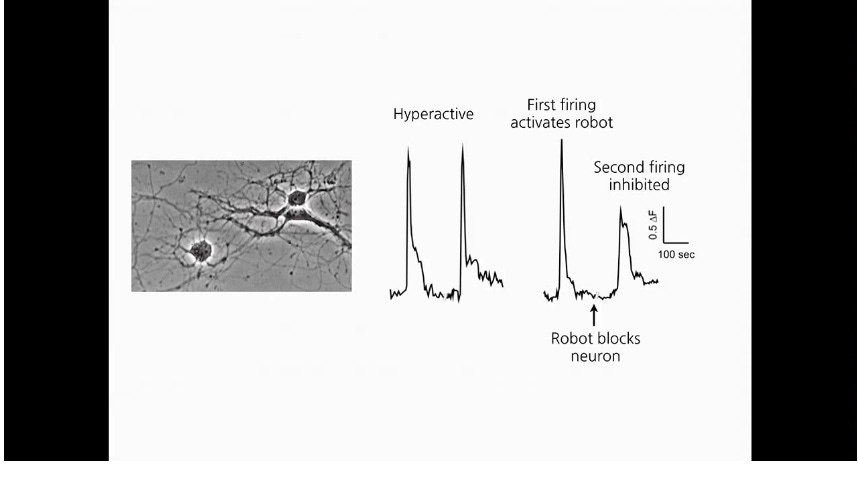







SOLVE FOR DISEASE X?

Pfizer is cooperating with the DNA robot laboratory managed by Prof. Ido Bachelet at Bar-Ilan University. Bachelet has developed a method of producing innovative DNA molecules with characteristics that can be used to “program” them to reach specific locations in the body and carry out pre-programmed operations there in response to stimulation from the body. This cooperation was revealed in a lecture by Pfizer president of worldwide research and development (WRD), portfolio strategy and investment committee chairman, and executive VP Mikael Dolstein at the IATI Biomed Conference in Tel Aviv being concluded today.
Bar-Ilan Research & Development Co. CEO Orli Tori said, “This is Pfizer’s first cooperative venture with someone in Israeli higher education. The technology is fairly new for a drug company, but Pfizer has agreed to take up the challenge and support this technology, in the hope that it will make a contribution to the company at the proper time.
“As in all of our research agreements, the company coming from the industry has the right to negotiate the acquisition of the technology at the end of the process.” The financial volume of the deal was not disclosed, but most such agreements amount to several hundred thousand dollars at most. The medical sector in which cooperation will take place was also not disclosed,
but it appears that research will focus on the possibility that the robots will deliver the medical proteins to designated tissue.
Bachelet came to Bar-Ilan from the Massachusetts Institute of Technology (MIT) several years ago. At a Tedmed event held two years ago, he explained, “In order to make a nanometric robot, we first of all create a selected DNA sequence, and then fold it using a process called DNA origami. With this method, a person can give a command to a computer, which folds the DNA molecule as needed.
“The result is that a DNA sequence can be made in the form of a clam, for example, and containing a drug. The DNA molecule, however, contains a code activated upon encountering certain materials in the body. For example, the clam can be designed to change its shape and release the drug only when it meets a cancer cell or the right tissue.
“In addition, the molecules can receive signals from each other, and can theoretically change their shape according to signals from the body, and can be pre-programmed to attach themselves to one another. In the future, it will be possible to combine each such molecule with a miniature antenna.
When the antenna receives an external signal, it will make a small change in the molecule that will make it open or close, and dissipate or connect itself to another molecule.”
Tori adds, “What is special about the robots is that they open and close according to signals from the surroundings, and that makes it possible to manage the disease. The robot exposes the drug to the target site according to biological signs within the body. For example were we to develop a product for diabetes, although that is not the purpose of this cooperation, it would be possible to develop a robot that would release insulin only when it sensed a rise in the blood sugar level.”
Published by Globes [online], Israel business news – www.globes-online.com – on May 14, 2015
Disadvantages
1. Designing of nanorobot is very costly and complicated
2. Stray field might be created from electrical systems which can trigger bioelectric based molecular recognition system in biology
3. Electrical nanorobots remain vulnerable to electrical interference from other sources like radiofrequency or electric fields, electromagnetic pulse and stray fields from other in-vivo electronic devices.
4. Nanorobots are difficult to design, and customize
5. These are capable of molecular level destruction of human body thus it can cause terrible effect in terrorism field. Terrorist may make usage of nanorobots as a tool for torturing opponent community
6. Other possible threat associated with nanorobots is privacy issue.
As it dealt with designing of miniature form of devices, there are risks for snooping than that exist already.
[https://web.archive.org/web/20200718043030/https://pharmascope.org/ijrps/article/download/2523/5031]
NANOROBOTS:
SOCIETAL CONCERNS: INDIVIDUAL FREEDOM, TRANSHUMANISM!!!
http://immortality-roadmap.com/nanorisk.pdf



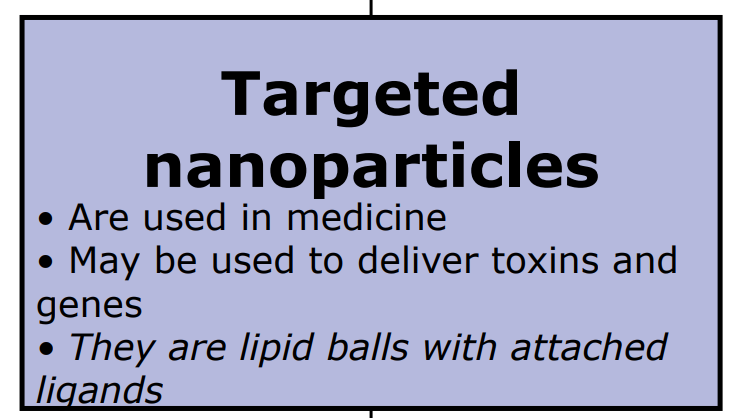


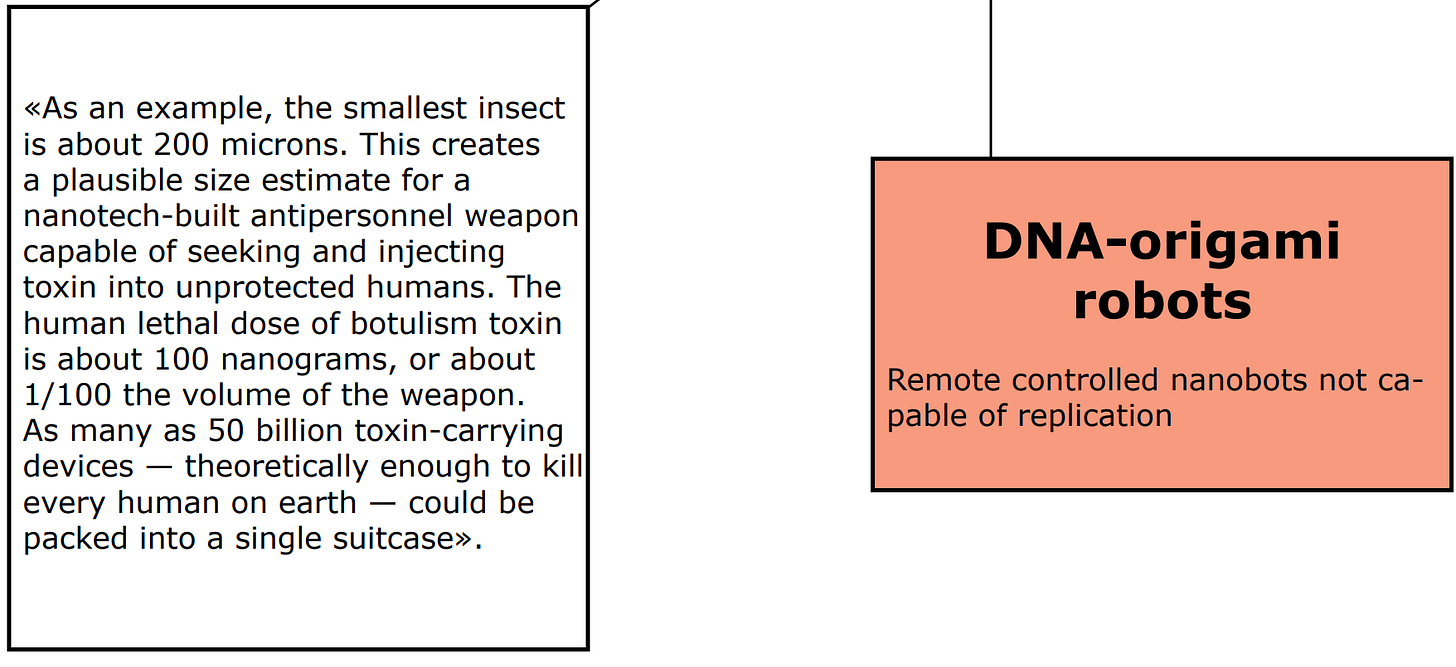

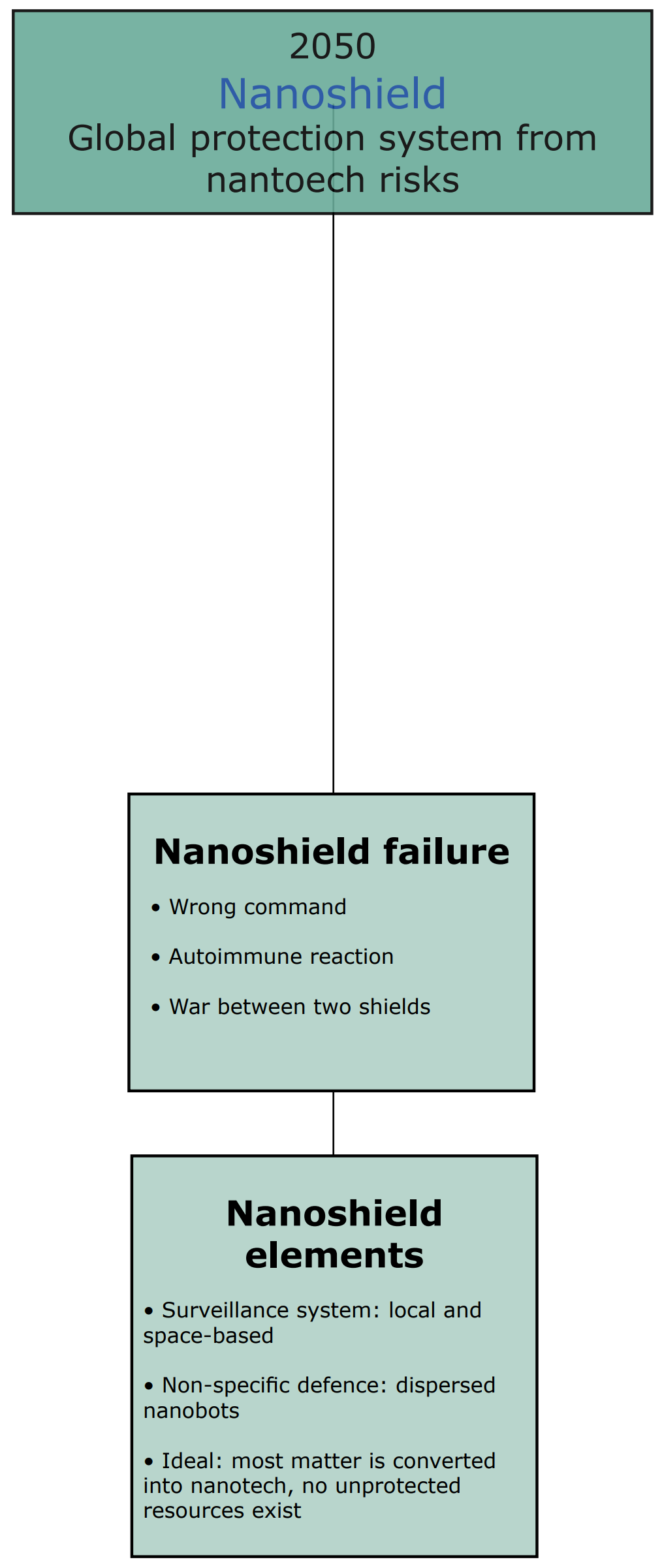
http://jddtonline.info/index.php/jddt/article/download/891/533
There are several drawbacks with this technology like toxicity, contamination. Sometime human body generates strong immune response against them.

“Nanotubes can be highly toxic”

Fifteen percent of the rats treated with carbon nanotubes suffocated to death within twenty-four hours due to clumping of the nanotubes that obstructed the bronchial passageways.




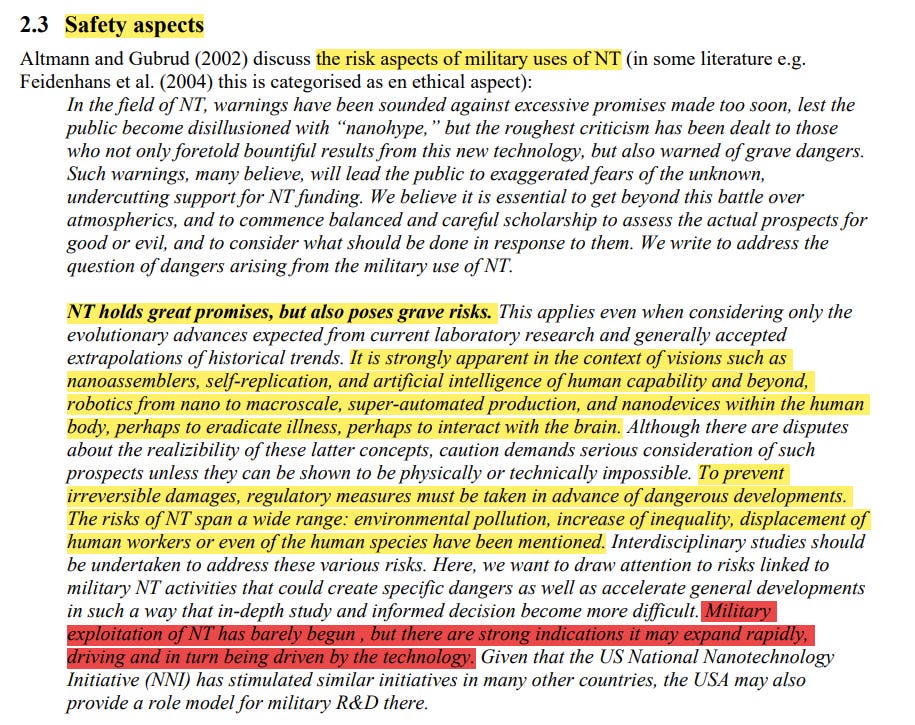




Toxicity- the issue of toxicity of nanoparticles was raised as an area in which more research is needed, particularly in terms of whether the regulatory system is sufficient.




…
And it’s injected into people, soldiers, children, even infants…
Thank you Zz for this link.
Thanks for reading OUTRAGED’s Newsletter! Subscribe for free to receive new posts and support my work.”
Leave a Reply